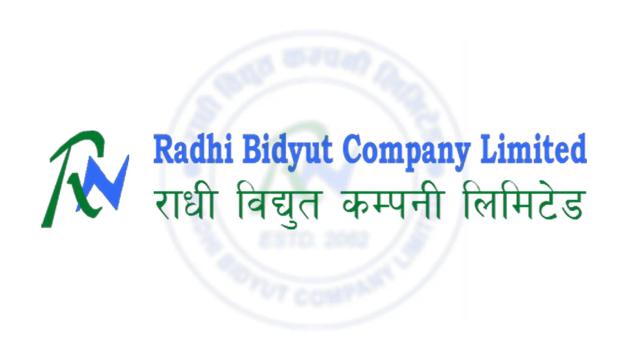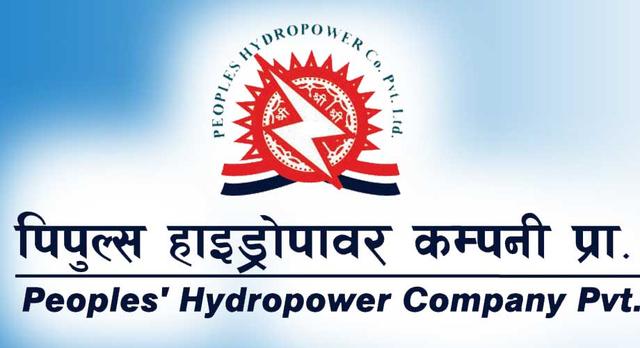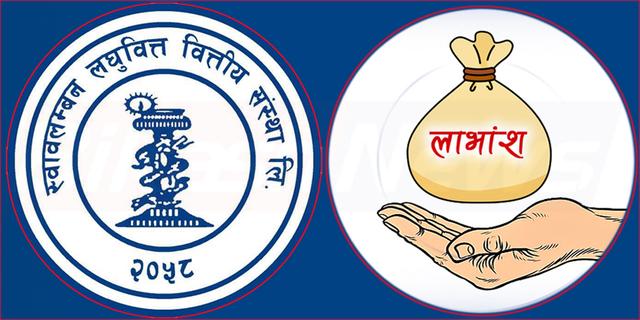Commercial Banks Reduce Fixed Deposit Rates Slightly in Jetha; Liquidity Pressure Remains High
Author
NEPSE trading

Nepal's commercial banks have slightly reduced the interest rates offered on individual fixed deposits for the month of Jetha 2082. According to recent data, the average fixed deposit rate has dropped to 5.94%, down from 5.98% in Baisakh 2082. While the decline of just 0.04 percentage points may appear minor, it reflects deeper economic signals — including excess liquidity, sluggish credit growth, and policy-related constraints.

Paragraph 1: Average Rate Has Decreased
The fixed deposit rate drop, though marginal, is part of a consistent trend observed in recent months where banks are gradually reducing deposit rates. This reflects their current strategy to manage surplus liquidity while minimizing funding costs in a market where loan disbursement remains low.
Paragraph 2: How Banks Responded – Who Cut, Who Raised?
Out of 20 major commercial banks analyzed:
3 banks lowered their fixed deposit rates.
14 banks kept their rates unchanged.
3 banks increased their rates slightly.
This mix of responses suggests that while some banks are actively managing their cost of funds, most are maintaining caution — neither aggressively increasing nor cutting rates too drastically.
Paragraph 3: Major Rate Changes – The Highest Cut and Hike
Nepal Investment Mega Bank made the most aggressive cut, slashing its rate from 6.50% in Baisakh to 5.50% in Jetha, a full 1 percentage point drop — the highest among all banks.
On the flip side, Sanima Bank raised its rate from 5.95% to 6.33%, marking the largest increase. Similarly, Nepal Bank raised its rate from 5.15% to 5.45%, and Everest Bank made a minor hike from 6.61% to 6.64%.
Paragraph 4: Majority Hold Steady
Banks such as NIC Asia, NMB, Prabhu Bank, Standard Chartered, Global IME, and others held their interest rates constant. A total of 14 out of 20 banks opted to maintain the same rate in Jetha as in Baisakh. This suggests these institutions are currently balanced in terms of liquidity and see no immediate need to adjust their deposit rates.
Paragraph 5: Why Are Banks Reducing Rates?
The primary driver of this downward trend is excess liquidity in the banking system. Deposits are growing, but credit demand remains weak. Banks report that policy and regulatory hurdles have slowed down loan approvals, especially in sectors hit hard by economic stagnation.
Since there's limited demand for new loans, banks don’t need additional deposits. Offering high interest rates only increases their interest expense, which directly affects profitability. To control this, banks are strategically trimming their rates to manage costs.
Paragraph 6: How This Impacts the Lending Market
A drop in fixed deposit rates typically leads to a decrease in the base rate, which is used to calculate loan interest rates. As base rates fall, borrowers may benefit from lower loan costs, making credit more attractive.
However, if loan demand does not recover, reducing interest rates alone won’t help banks boost revenue. In fact, it could further compress their profit margins, posing long-term sustainability concerns.
Paragraph 7: What’s the Road Ahead?
Banks are currently in a "wait and watch" mode. They are waiting for signs of economic revival, regulatory clarity, and a potential boost in credit demand. If the upcoming fiscal budget or monetary policy introduces incentives for businesses and borrowing, we might see a reversal or stabilization of deposit rates. Otherwise, the downtrend is likely to persist.
Conclusion
The small dip in Jetha’s average fixed deposit rate may seem negligible on paper, but it is a clear sign that Nepal’s banking system is still grappling with deep-rooted structural challenges. Until credit flow resumes and the economy shows signs of acceleration, banks will likely continue to focus on cost-cutting and liquidity management, rather than aggressive deposit or lending operations.
Quick Summary:
🟢 Average rate in Jetha: 5.94%
🔵 Average rate in Baisakh: 5.98%
🔻 Biggest cut: Nepal Investment Mega Bank (-1.00%)
🔺 Biggest hike: Sanima Bank (+0.38%)
⚖️ 14 banks held rates unchanged
📉 Overall trend: Slight decline; caution prevails



